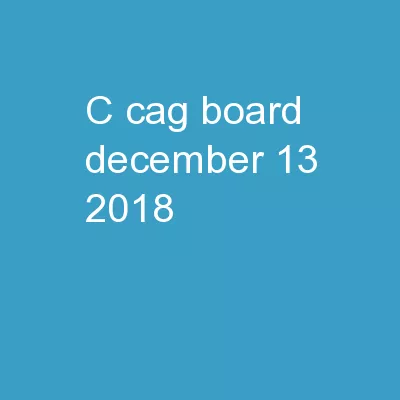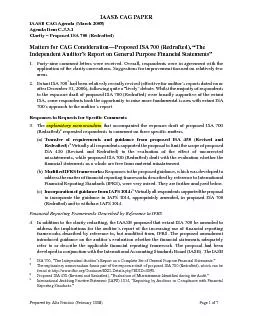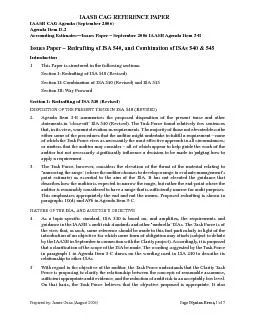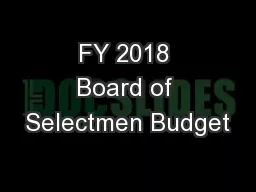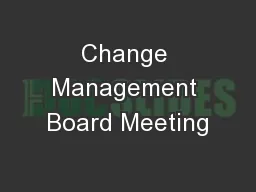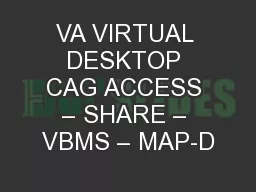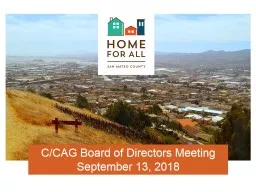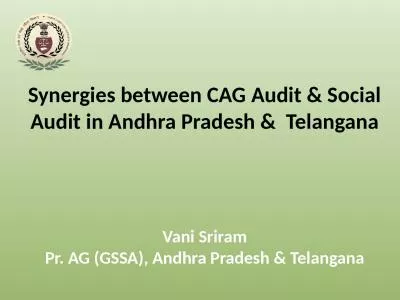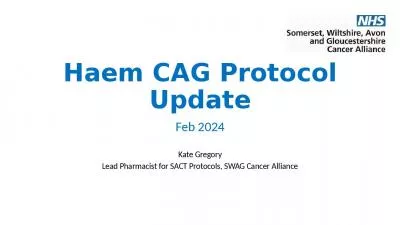PPT-C/CAG Board – December 13, 2018
Author : sherrill-nordquist | Published Date : 2019-01-25
The decision of the Owner and Operator of the facility rests with the TA and CCAG Boards This decision will impact Operating Control Revenue Control Financial Risk
Presentation Embed Code
Download Presentation
Download Presentation The PPT/PDF document "C/CAG Board – December 13, 2018" is the property of its rightful owner. Permission is granted to download and print the materials on this website for personal, non-commercial use only, and to display it on your personal computer provided you do not modify the materials and that you retain all copyright notices contained in the materials. By downloading content from our website, you accept the terms of this agreement.
C/CAG Board – December 13, 2018: Transcript
Download Rules Of Document
"C/CAG Board – December 13, 2018"The content belongs to its owner. You may download and print it for personal use, without modification, and keep all copyright notices. By downloading, you agree to these terms.
Related Documents

